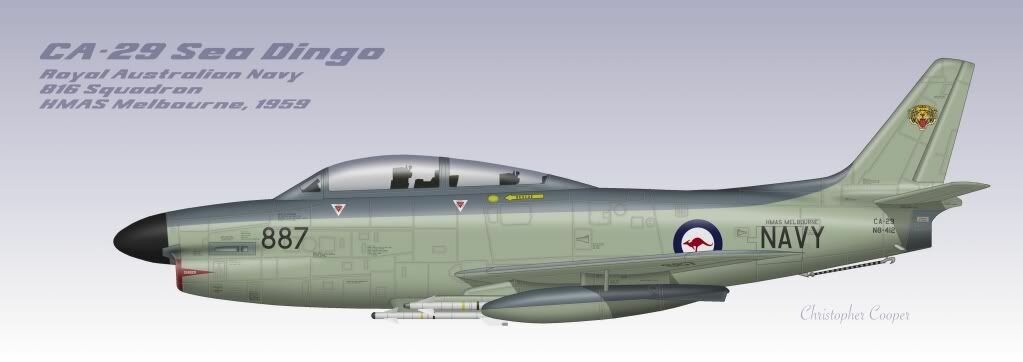NOMISYRRUC
ACCESS: Top Secret
- Joined
- 28 September 2008
- Messages
- 2,184
- Reaction score
- 3,468
I suspect that half of you think I'm mad in the first place. So no change there. And the other half will soon agree. Because there's more where that came from.Mate, don't run me down that rabbit hole, that way lies madness.RAAF Lightning fighter-bomber or TSR2 sort of stuff!
Much as I want the RAAF to have bought 50 TSR.2s for a one-for-one replacement of its Canberras (to equip 3 squadrons and a training flight) getting it to buy Nimrod in its OTL or TTL form is a much easer proposition.
More "mad" ideas are that No. 79 Sqn moved to Australia in 1968 and converted to Mirage IIIs instead of disbanding and No. 73 Sqn didn't disband in 1973. As there were still 116 Mirage IIIs to support 5 squadrons and a larger OCU there would be a 25% higher attrition rate after 1968 and a 67% higher attrition rate after 1973 and the surviving aircraft would wear out at a faster rate due to 25% higher usage rates 1968-73 and 67% higher usage rates from 1973.
As a result the OTL batch of 6 Mirage IIIDs delivered 1973-74 IOTL is increased to 40 for a total of 150 aircraft instead to 116 to support the 67% larger front-line force and 67% larger OCU. These aircraft had Commonwealth-built Atar 9K-50 engines and the survivors of the original 110 Mirages have them fitted in the second half of the 1970s as part of a SLEP programme to increase their fatigue lives (if that's the right expression).
Meanwhile, the RNZAF had a squadron of Canberras and a squadron of Venoms in the 1960s. ITTL both converted to Mirage IIIs built by Commonwealth between the completion of the first run of 110 Mirage IIIs and the second run of 40 Mirage IIIs. This increased the total number of Mirage IIIs built by Commonwealth from 114 to 198. Instead of forming a training flight to support the two squadrons the RNZAF aircrew did their conversion training at the RAAF's OCU.
The RNZAF also bought 16 MB-326H built by Commonwealth instead of the Strikemasters. However, instead of using them to equip a training squadron they were delivered to the equivalent units in the RAAF because the two air forces created a joint training organisation in an effort to cut costs.
Then in the 1980s the RAAF bought 125 Hornets its Mirages and the RNZAF bought 50 Hornets to replace its Mirages. All 175 were assembled in Australia from Completely Knocked Down (CKD) kits and both nations got offset packages of at east 100%.
More madness is that the RAAF has to support 5 Mirage III squadrons from 1973 instead of 3 and 50 TSR.2s from 1973 instead of 24 F-111Cs. Therefore the training organisation has to be expanded. So more CT4s and MB-326s were built.

